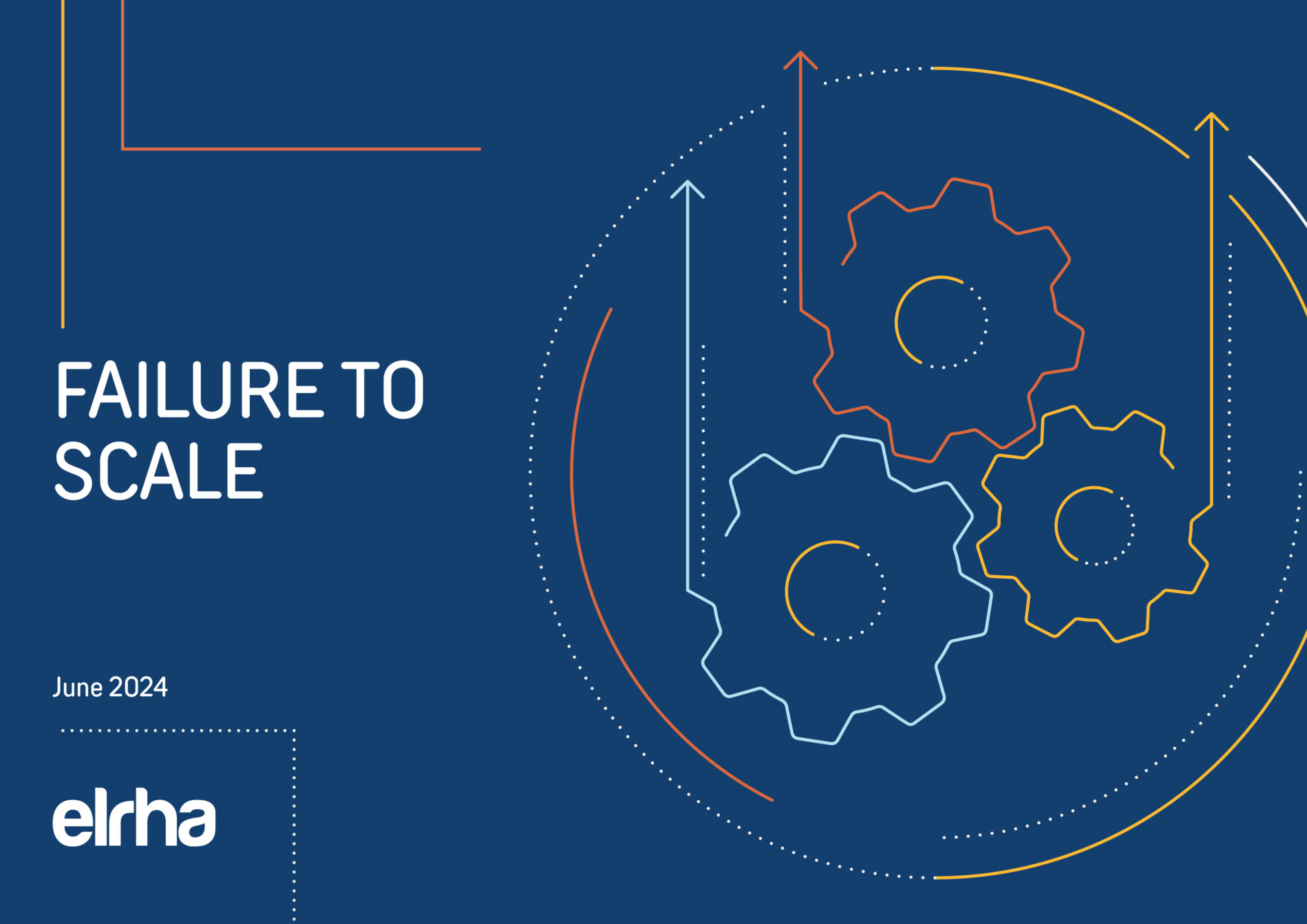Incidence and safety of abortion in two humanitarian settings in Uganda and Kenya: a respondent-driven sampling study

Access to abortion is a fundamental human right. The need for abortion services is amplified in complex humanitarian emergencies. However, most humanitarian agencies do not provide abortion services. There is a lack of data on the direct experiences of abortion of those living in displacement. This study aimed to describe abortion practices, safety, and incidence in two refugee settings.
Between March and October 2022, this study surveyed women and girls with recent abortion experiences from Bidibidi Refugee Settlement, Uganda, and Kakuma Refugee Camp, Kenya, using respondent-driven sampling (RDS).
Among those with an abortion in the past 5 years, the most common methods of abortion were traditional herbs (81% in Bidibidi, 45% in Kakuma) and non-medication abortion pharmaceuticals such as painkillers and antimalarials. Few participants reported using WHO-recommended methods of abortion (mifepristone in combination with misoprostol, misoprostol alone, or manual vacuum aspiration). Self-reported morbidity was high. Nearly a quarter reported avoiding seeking post-abortion care. The estimated annual abortion rate was 52 per 1000 in Bidibidi and 55 per 1000 in Kakuma. Only 5 of 27 health facilities (1 of 16 in Bidibidi, 4 of 11 in Kakuma) reported providing safe abortion services. 15 of 16 in Bidibidi and 9 of 11 in Kakuma reported providing post-abortion care.
In summary the study found that refugees in these two contexts have little access to WHO-recommended methods of abortion, and the need for safe abortion services is high.
Visit the project profile to find out more.